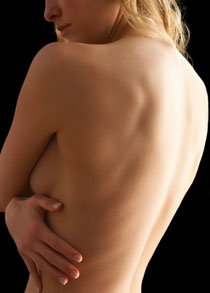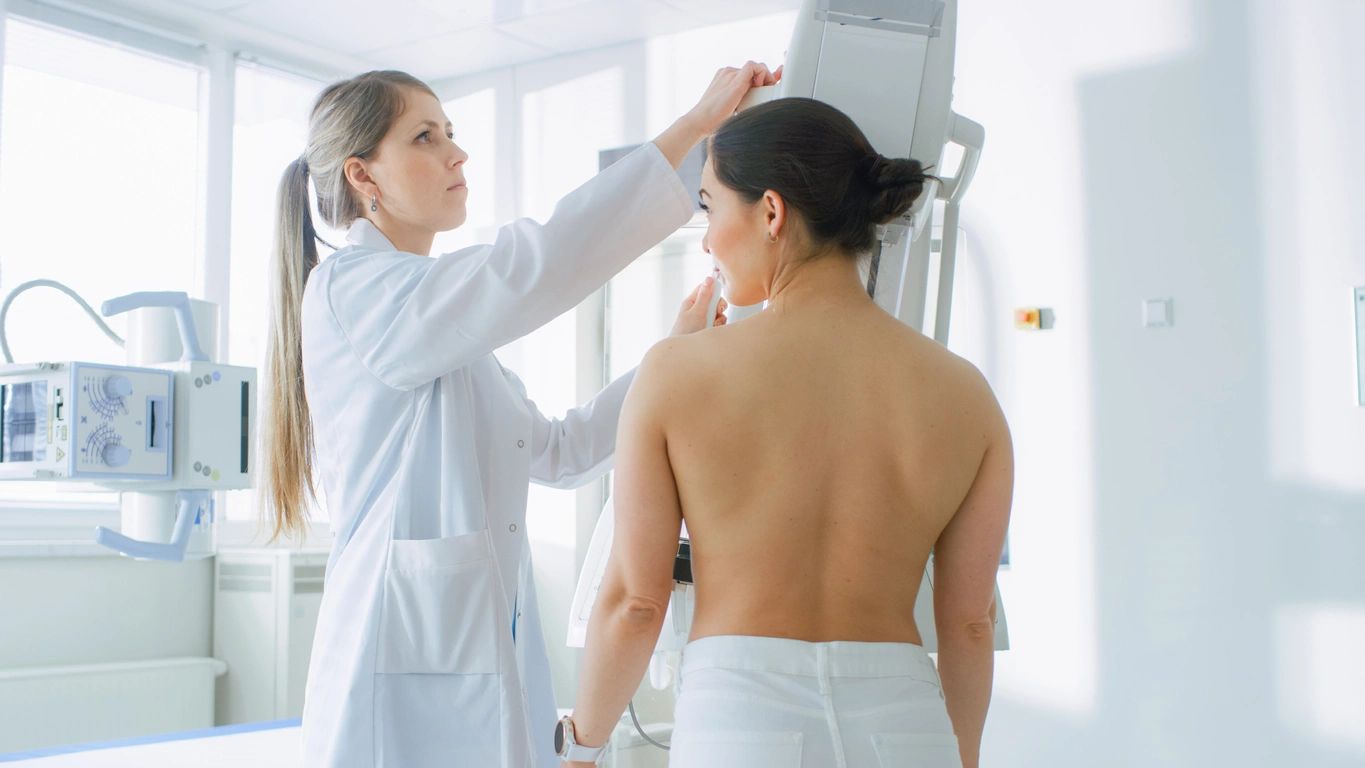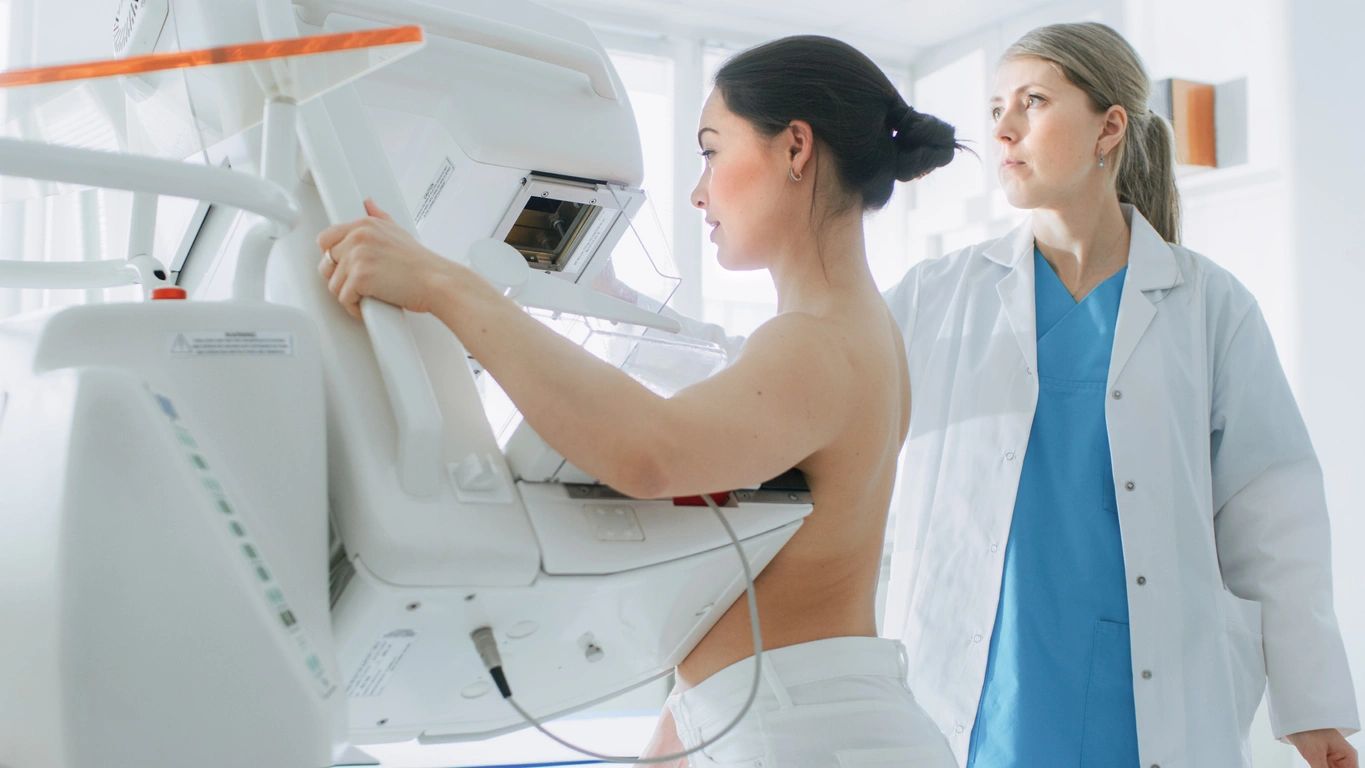
Reducing Your Chest Size With Your Utmost Comfort in Mind
Breast reduction, or reduction mammoplasty, is for a woman experiencing health problems and/or extreme self-consciousness associated with very large, heavy breasts. The goal is to give the woman a more attractive contour with smaller, better-shaped breasts in proportion with the rest of her body. She will then benefit from freedom of health problems associated with large breasts and an improved self-image.
Medical problems associated with very large breasts include back and neck pain caused by the excessive weight, skin irritation, skeletal deformities and breathing problems. Bra straps may leave shoulder indentations. Large, heavy breasts also contribute to poor posture, and can interfere with normal daily activities such as exercise. Excessive breast size may also lead to a decreased sense of attractiveness and self-confidence.

Recovery: What to Expect
When performed by a qualified plastic surgeon, breast reduction is a safe procedure. Nevertheless, as with any surgery, there is always a possibility of complications, including bleeding, infection, or reaction to the anesthesia. Some patients develop small sores around their nipples after surgery; these can be treated with antibiotic creams. You can reduce your risks by closely following your physician's advice both before and after surgery.
Much of the swelling and bruising disappears in the first few weeks following the surgery. Breasts may appear slightly mismatched, or have unevenly positioned nipples. Their new shape will be apparent within 6 months to a year, and will depend on hormonal fluctuations, weight changes and pregnancy.
Although your surgeon will make your scars as inconspicuous as possible, some permanent scarring is inevitable. Smokers are more likely to experience poor healing and wider scars. The scars will be red and lumpy in the months following the surgery, but the redness will fade and in time the scars will be less obvious. The good news is, your bra or bathing suit will cover whatever scars remain, and most likely, the scars will not prevent you from wearing low-cut tops.
Ability to Breastfeed
Because the surgery removes many of the milk ducts leading to the nipples, breast-feeding may no longer be an option.
Some patients may experience a permanent loss of feeling in their nipples or breasts. Rarely, the nipple and areola may lose their blood supply and the tissue will die. (The nipple and areola can usually be rebuilt, however, using skin grafts from elsewhere on the body.)


